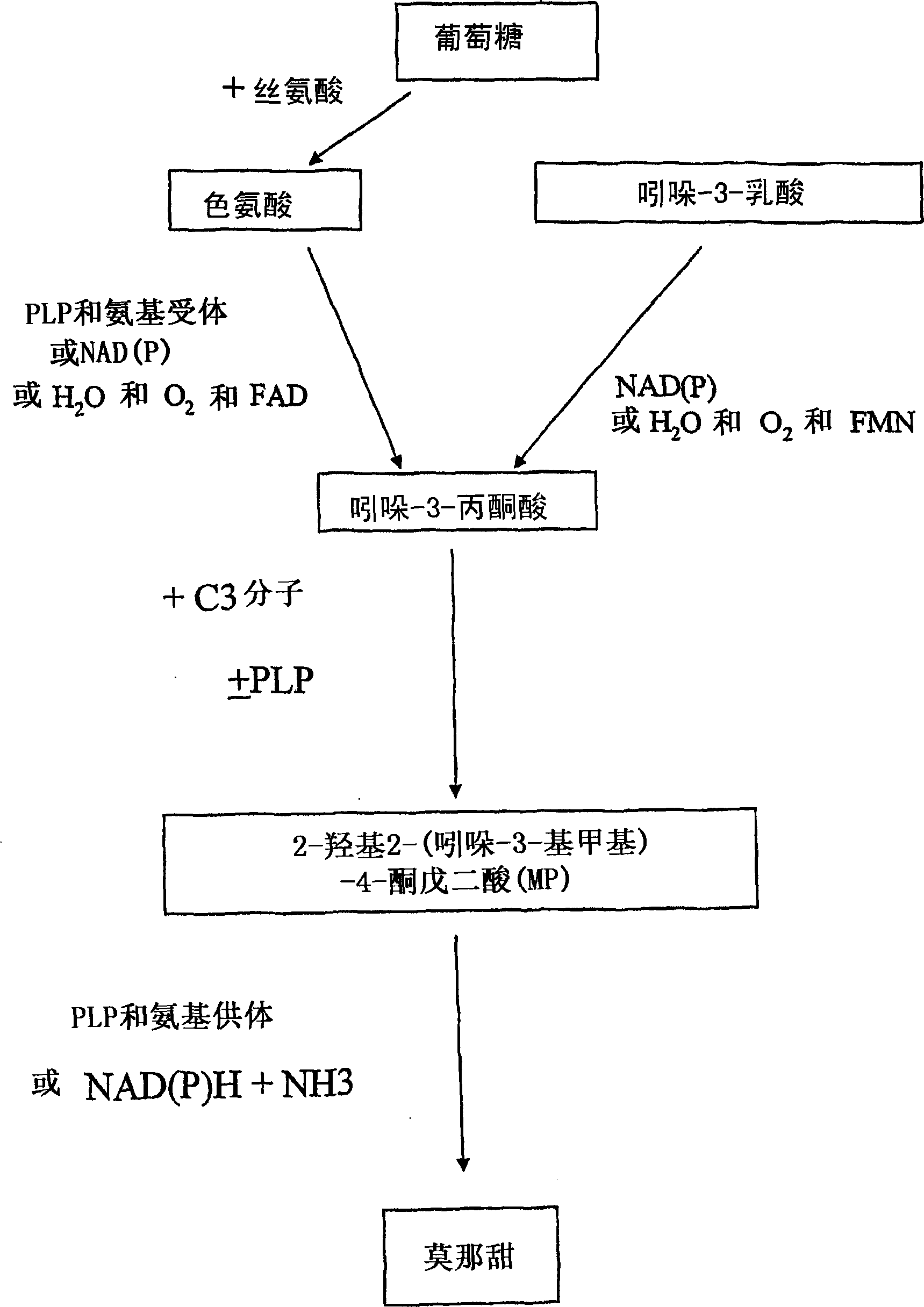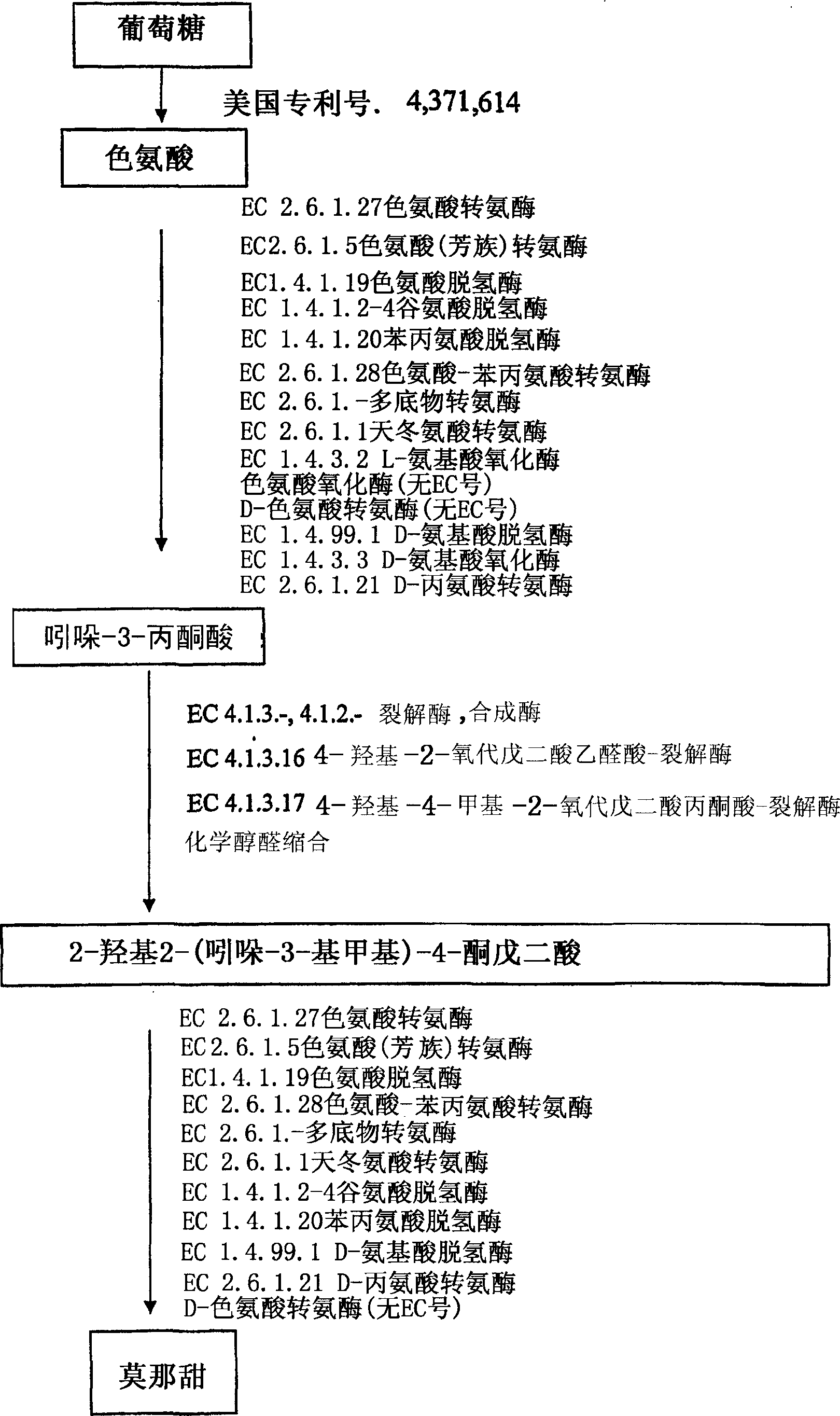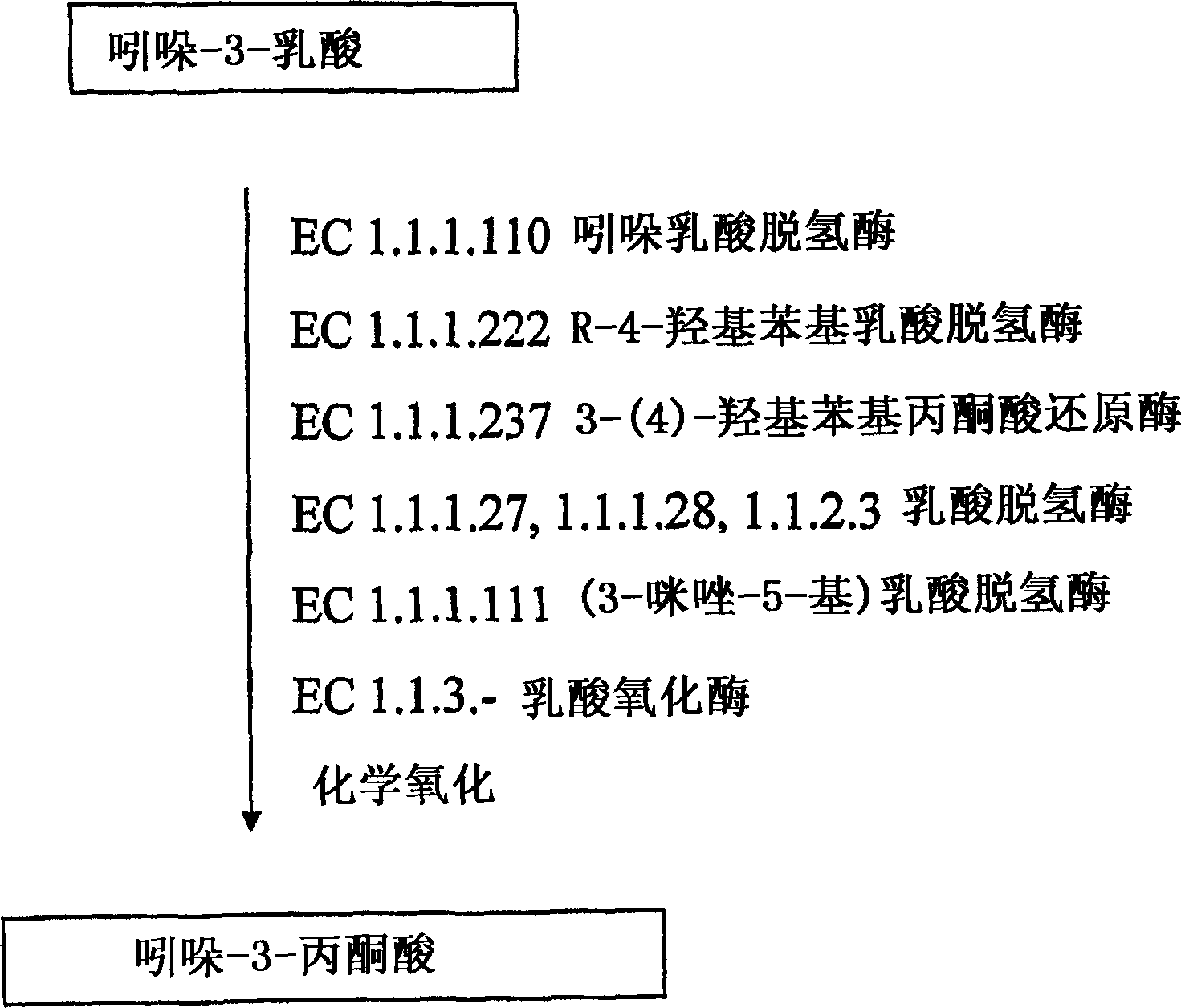Chewing gum compositions comprising monatin and methods for making same
A composition and chewing gum technology, applied in the field of monatin chewing gum composition, can solve problems such as poor sweetness characteristics, unpleasant odor, etc.
- Summary
- Abstract
- Description
- Claims
- Application Information
AI Technical Summary
Problems solved by technology
Method used
Image
Examples
preparation example Construction
[0163] Preparation of Chewing Gum Compositions
[0164] Chewing gum compositions can be prepared using known techniques. In general, chewing gum compositions can be made by sequentially adding the various chewing gum ingredients into any commercially available mixer known in the art (eg, a Sigma paddle mixer). See, eg, US Patent Nos. 5,334,397 and 5,800,848. After the ingredients have been thoroughly mixed, the gum mass is released from the mixer and processed into the desired shape, for example by rolling into sheets and cutting into strips, extruded into blocks or formed into pellets or sheets. Various shapes of chewing and bubble gum are possible, including sticks, cubes, tablets, center filled, balls, fruit, cigarettes, coins, tube gum, and pressed powder gum (compressed powder gum).
[0165]In one embodiment, the gum base is first melted (eg, at a temperature of 80-125°C) and added to a running mixer. Alternatively, the gum base can be melted in a mixer. Color can al...
Embodiment 1
[0170] Cloning and expression of tryptophan aminotransferase
[0171] This example describes the method used to clone tryptophan aminotransferase, which is used to convert tryptophan to indole-3-pyruvate.
[0172] Experiment overview
[0173] Eleven genes encoding transaminases were cloned into E. coli. These genes are Bacillus subtilis (Bacillus subtilis) D-alanine aminotransferase (dat, the Genbank accession numbers of nucleotide sequence and amino acid sequence are Y14082. Rhizobium meliloti) tyrosine aminotransferase (tatA, nucleic acid sequence and amino acid sequence are SEQ ID NOS: 1 and 2), Rhodobacter sphaeroides strain 2.4.1 tyrosine aminotransferase (tatA with homologous determination, The nucleic acid sequence and amino acid sequence are respectively SEQ ID NOS: 3 and 4), Rhodobacter sphaeroides (Rsphaeroides) 35053 tyrosine aminotransferase (determined by homology, the nucleic acid sequence and amino acid sequence are respectively SEQ ID NOS: 5 and 6 ), Leishma...
Embodiment 2
[0177] Conversion of indole-3-lactic acid to indole-3-pyruvate
[0178] Such as figure 1 and 3 As shown, indole-3-lactic acid can be used to produce indole-3-pyruvate. Like the conversion between indole-3-pyruvate and indole-3-lactic acid, the conversion between lactic acid and pyruvate is a reversible reaction. Oxidation of indole-lactic acid can usually be followed due to the high background of indole-3-pyruvate at 340 nm.
[0179] 0.1 mL of standard test mixture containing 100 mM potassium phosphate, pH 8.0, 0.3 mM NAD + , 7 units of lactate dehydrogenase (LDH) (Sigma-L2395, St. Louis, MO) and 2 mM substrate. Assays were repeated 2 times in UV-transparent microtiter plates using a MolecularDevices SpectraMax Plus plate reader. Mix peptide and buffer and pipette to contain indole-3-lactic acid and NAD + After mixing briefly, the absorbance of each well at 340 nm was read at 9 second intervals. The reaction was held at 25°C for 5 minutes. from NAD + Absorbance at 34...
PUM
 Login to View More
Login to View More Abstract
Description
Claims
Application Information
 Login to View More
Login to View More - R&D
- Intellectual Property
- Life Sciences
- Materials
- Tech Scout
- Unparalleled Data Quality
- Higher Quality Content
- 60% Fewer Hallucinations
Browse by: Latest US Patents, China's latest patents, Technical Efficacy Thesaurus, Application Domain, Technology Topic, Popular Technical Reports.
© 2025 PatSnap. All rights reserved.Legal|Privacy policy|Modern Slavery Act Transparency Statement|Sitemap|About US| Contact US: help@patsnap.com



